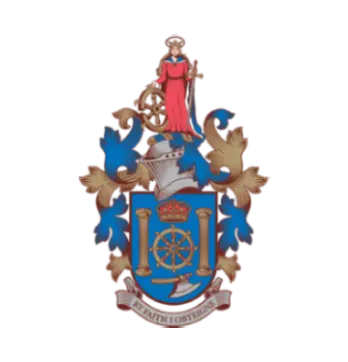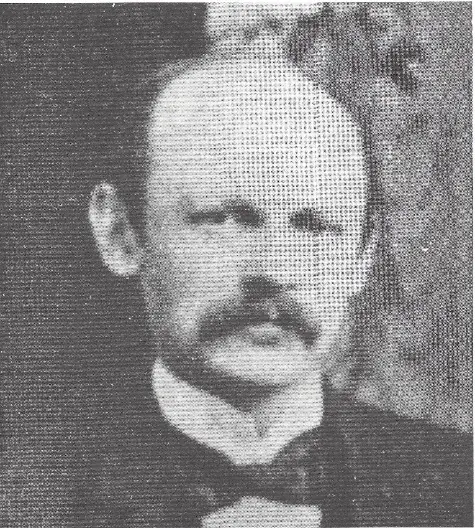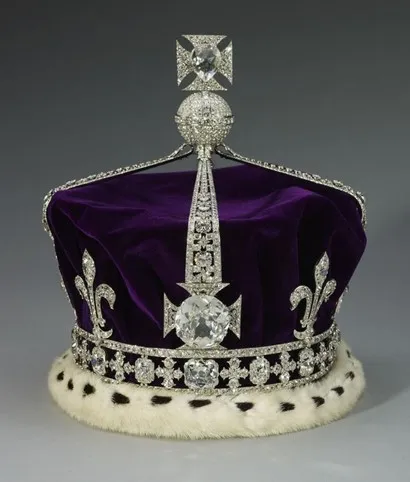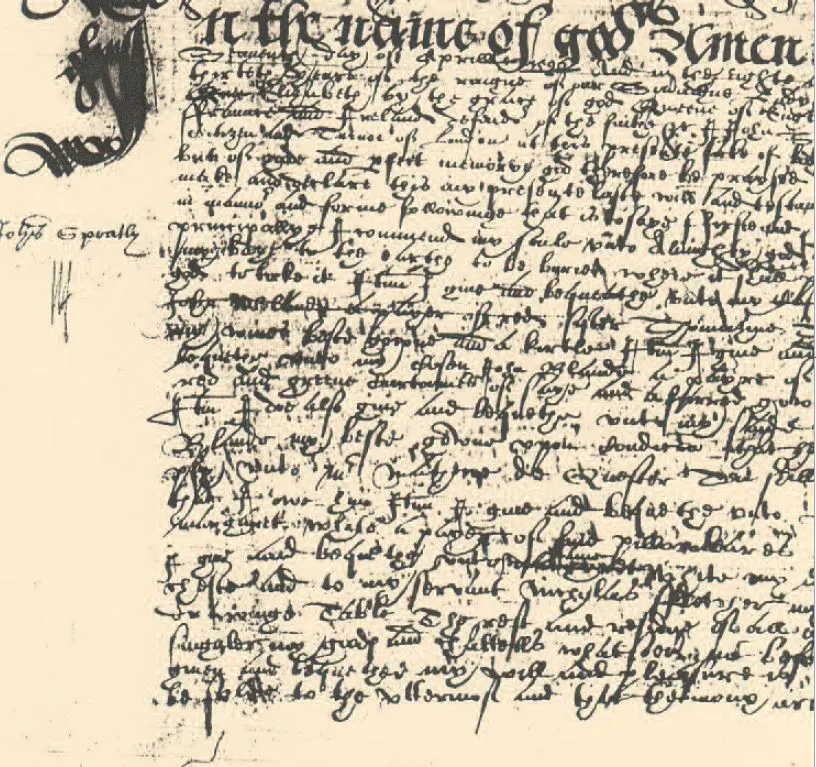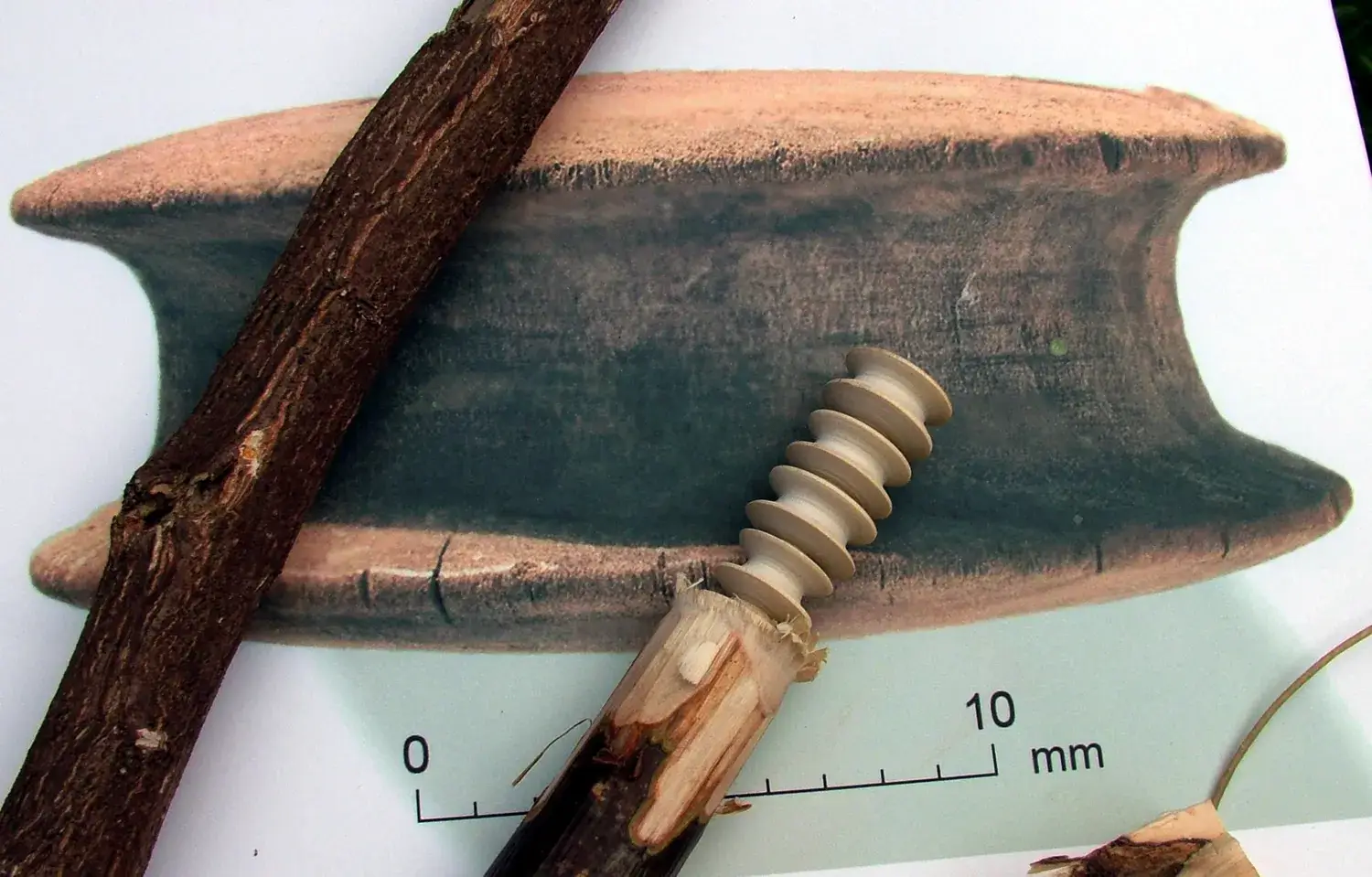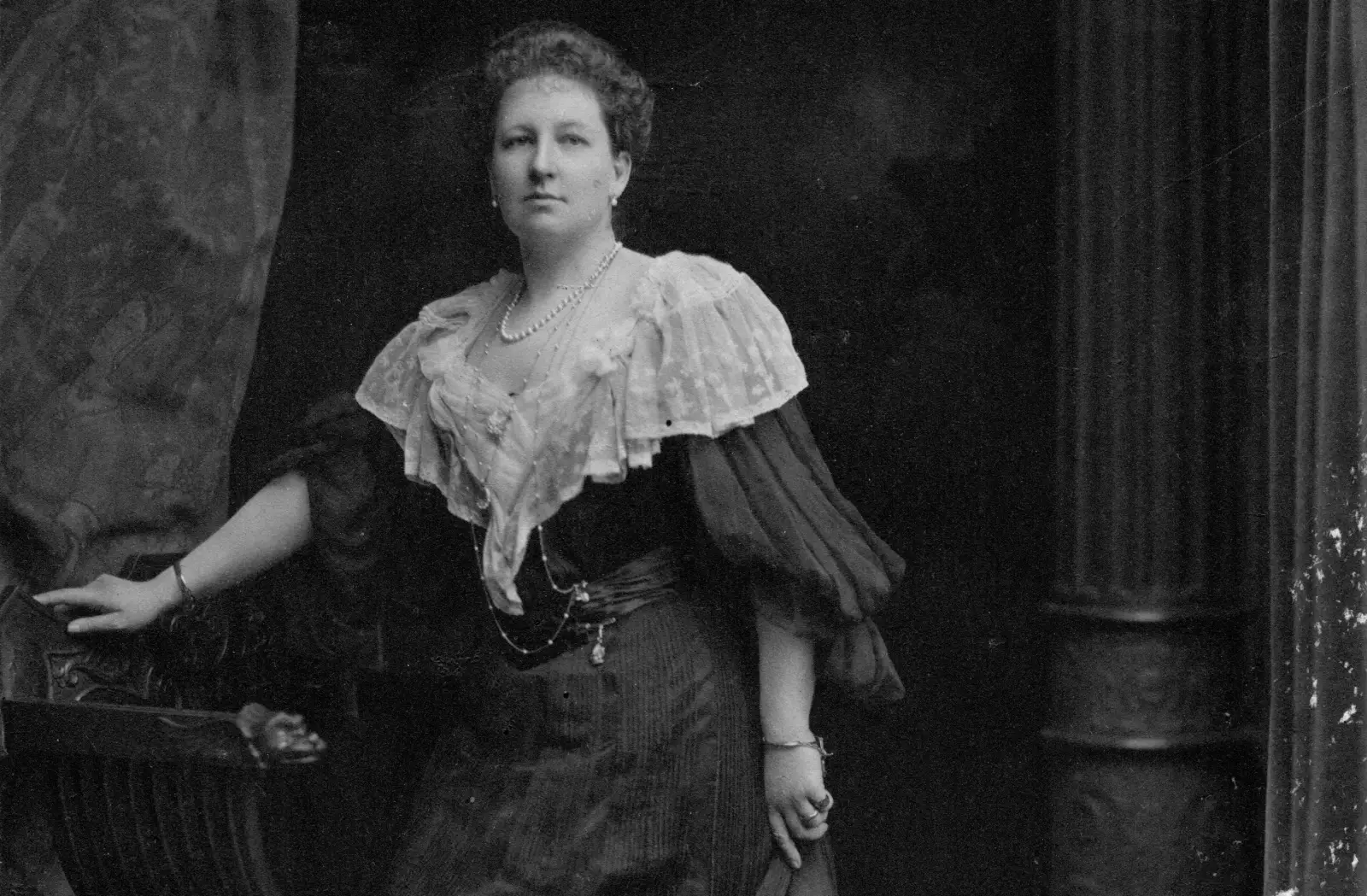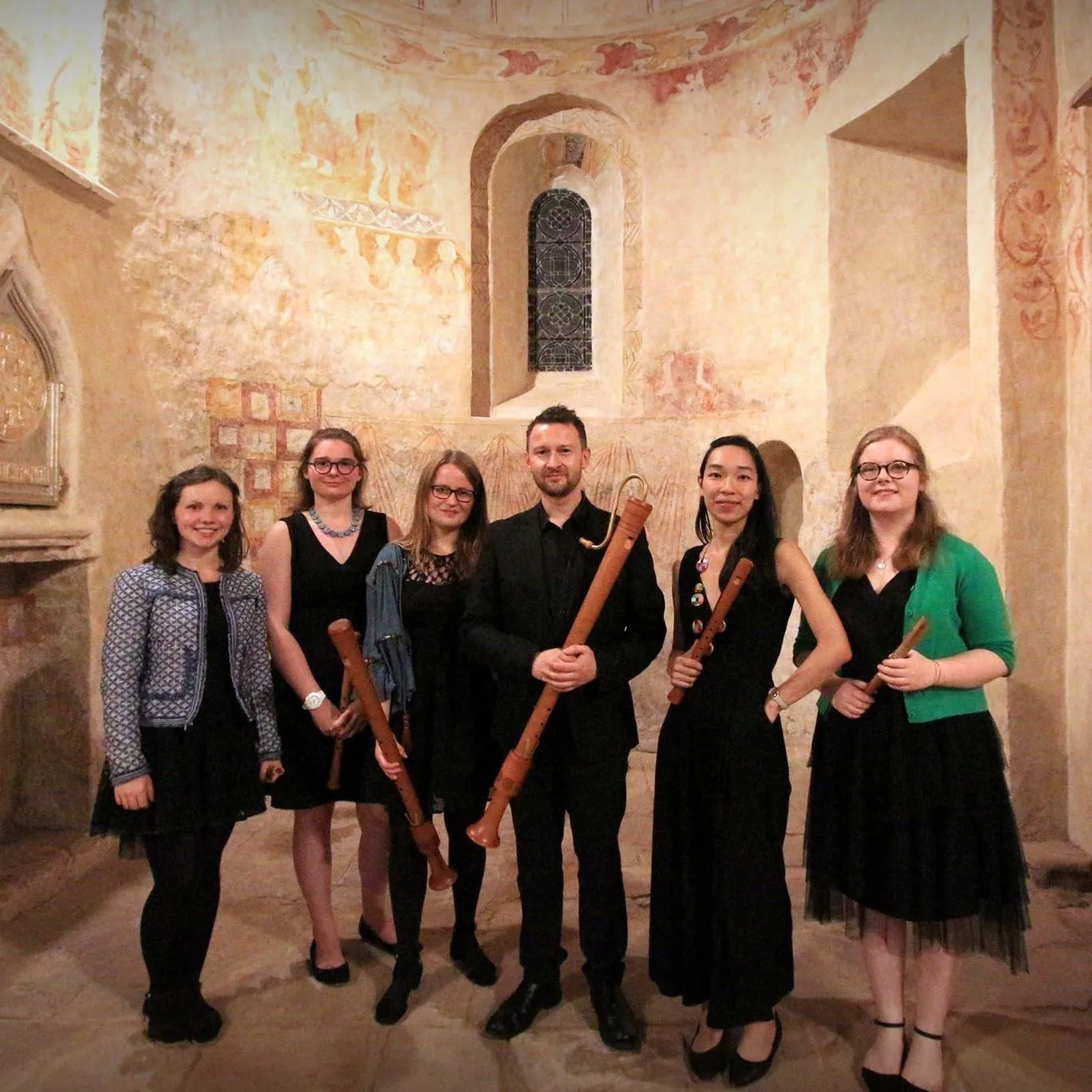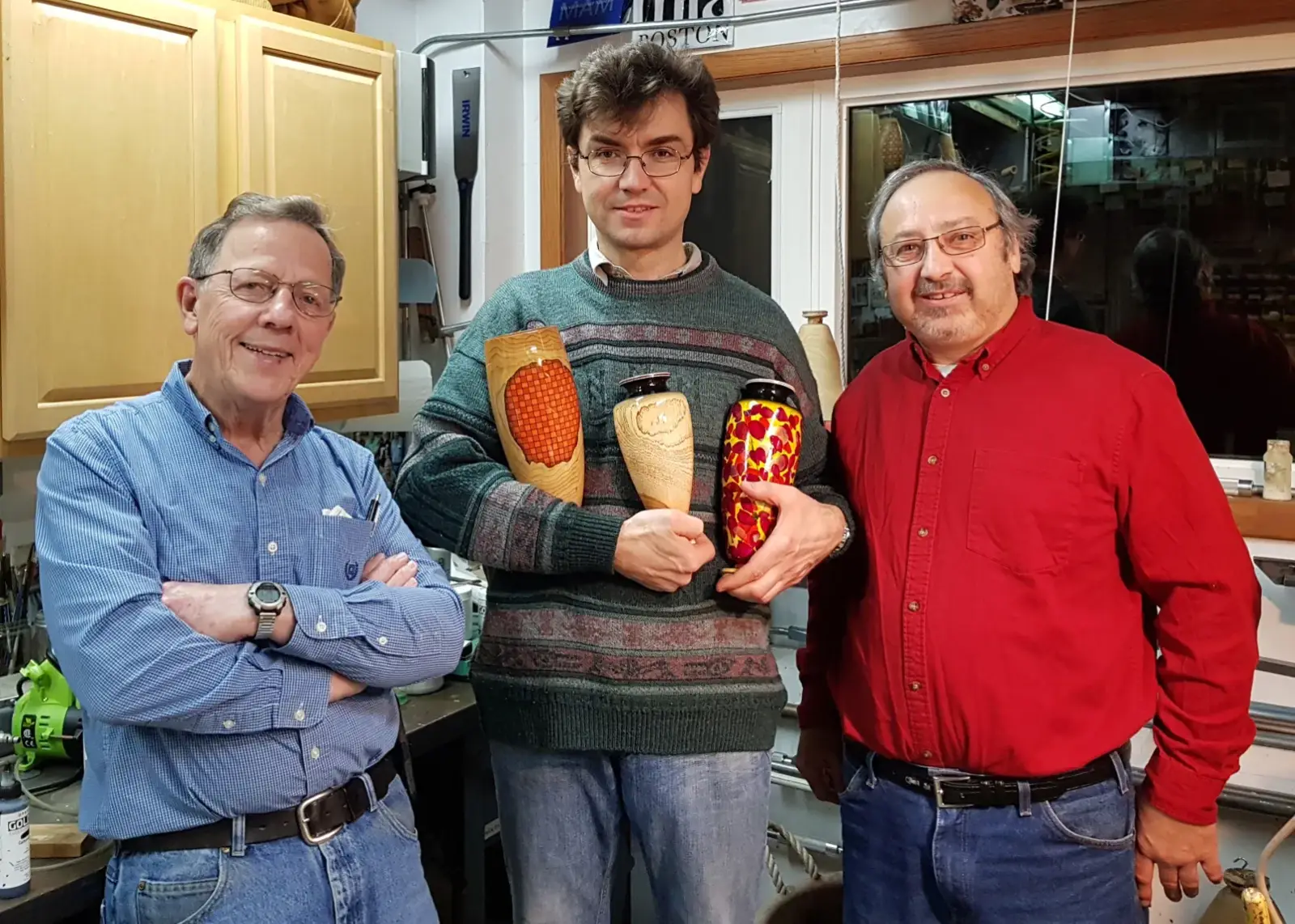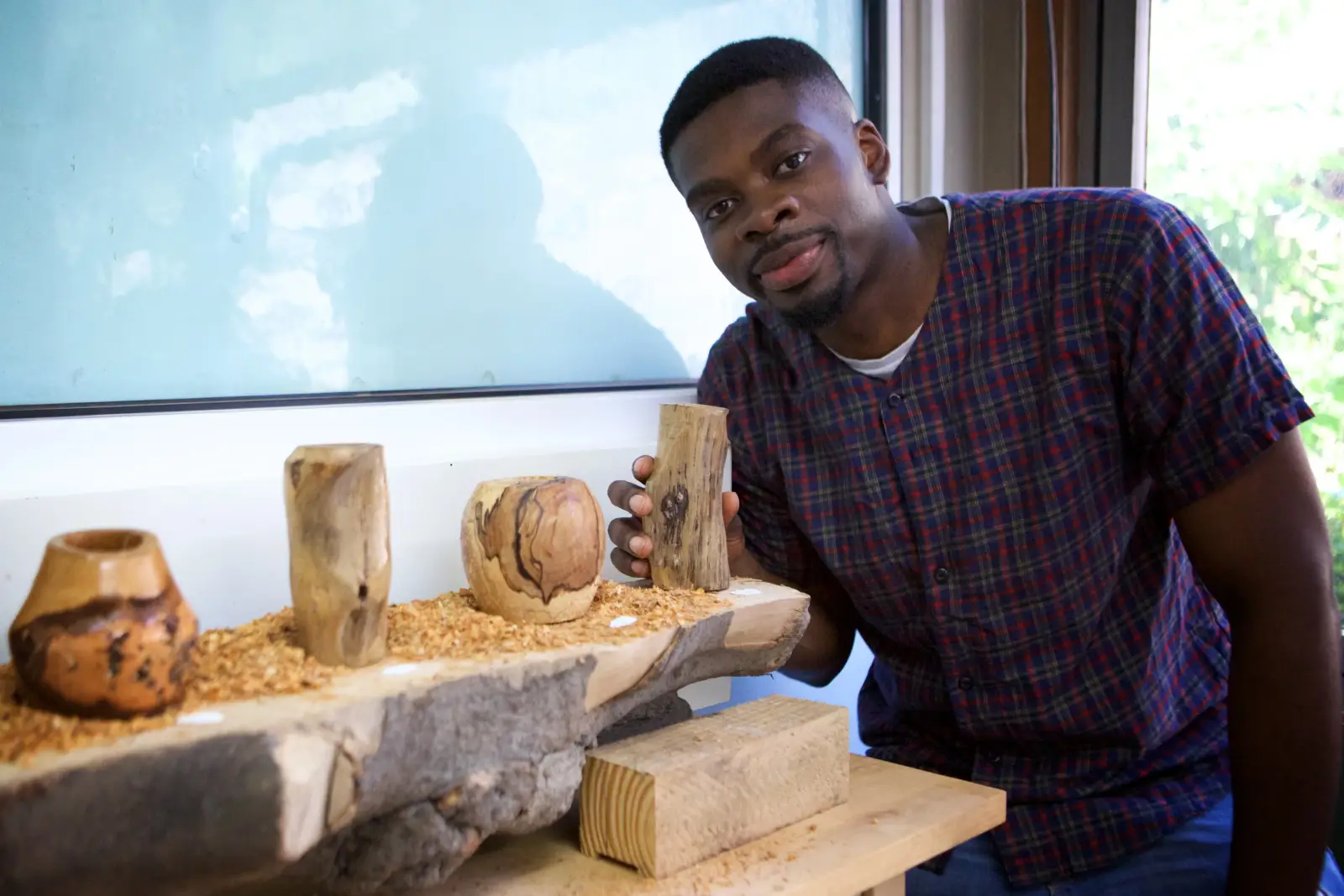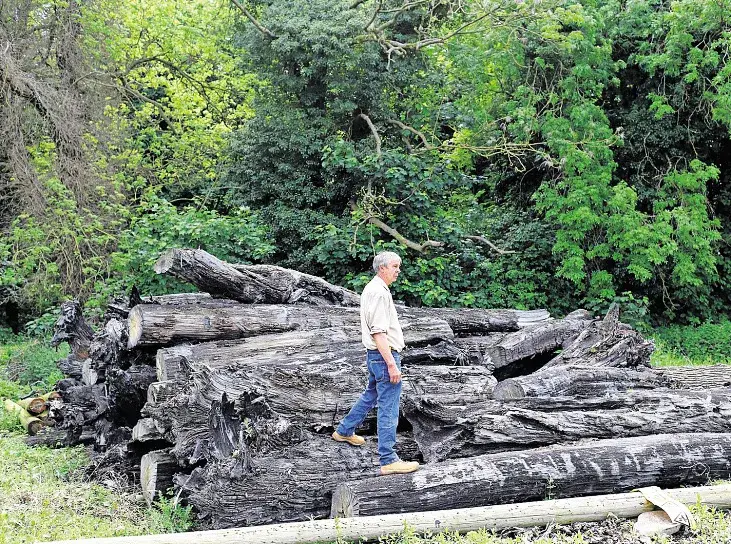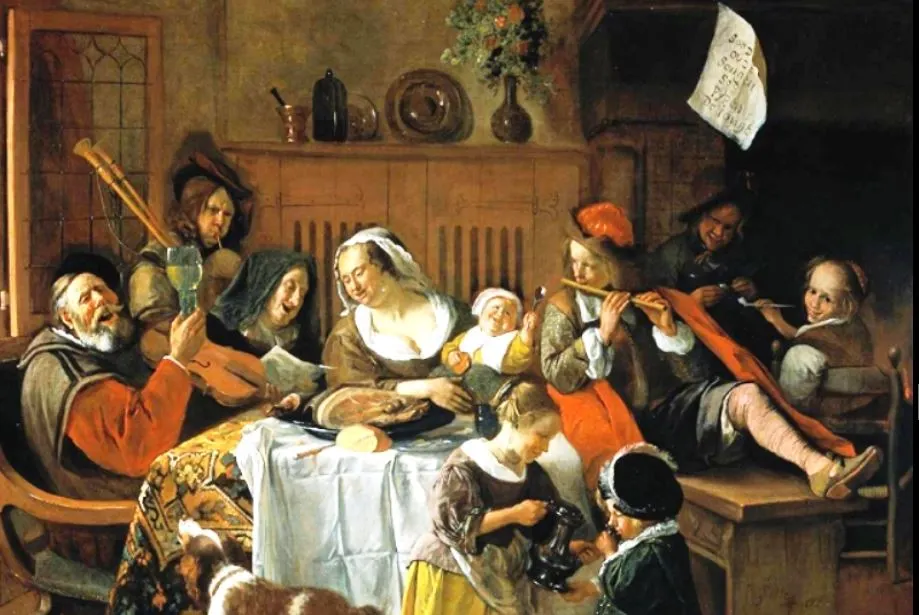William Lehman Ashmead Bartlett Burdett- Coutts was Master of the Turners’ Company for two years, from May 1888 to May 1890
He was remembered earlier this year, at our 2014 Masters’ and Clerks’ Luncheon, when the Master of the Fruiterer’s Company, Peter Cooper, presented the inscribed Livery medal of Burdett-Coutts to Rhidian Jones, Master of the Turners’ Company.
William Burdett-Coutts was an American, born in Plymouth, Massachusetts in June 1851. But for much of his life he was known as Ashmead (his mother’s maiden name) and at the age of 30 he took the surname of his new wife, Burdett-Coutts.
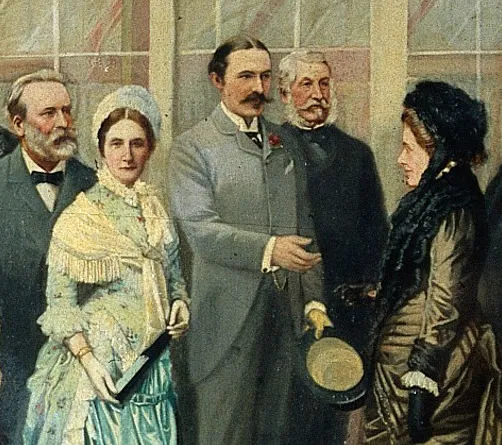
Ashmead’s father died when he was two. When his widowed mother came to England shortly afterwards with Ashmead and his brother Ellis, they settled in Torquay. All four grandparents had been born in England and closeness to family may well have determined her choice. Torquay was also key to the extraordinary trajectory of the rest of Ashmead’s life, which started with his mother Sophia meeting Angela Burdett, granddaughter of the banker Thomas Coutts.
In 1837, Angela Georgina Burdett had inherited most of her grandfather’s huge fortune from her father’s second wife – and former mistress – the actress Harriet Mellon. At the age of 23, Angela Burdett changed her surname to Burdett-Coutts and was the richest woman in England. Her fortune provided the funds for her life-long career as one of the greatest philanthropists of the 19th century.
Her philanthropy was strongly driven by social concerns, addressing poverty, medical and educational issues in particular. One singular act of kindness was to sponsor the education of the young Bartlett, first in Torquay, then at Highgate School in London. In 1870, at the age of 19, he was awarded the first scholarship to Keble College, Oxford.
The following year, in 1871, and whilst Ashmead was at Oxford, Queen Victoria appointed Angela Burdett-Coutts a Baroness and as a result, the first female member of the House of Lords.
In 1872 the Baroness was presented with the Freedom of the Turners’ Company and ‘proved to be a very generous and grateful friend to the Company… and was proud of being a Turner’ (Roland Champness). An example of this generosity and her closeness to the Company came a few years later when, in 1878, the Baroness donated four of the twelve new bells of St Paul’s jointly in her name and that of the Company.
Oxford University awarded Ashmead Bartlett a degree in Modern History in 1874 and an MA in 1876. During this period he also read for the Bar at the Inner Temple; but instead of pursuing a career in law he joined the private office of the Baroness.
In 1877, at the age of 26, he was sent by the Baroness to Turkey to organise the Turkish Compassionate Fund, just established by the Baroness to help Turkish victims of the Turko-Russian war who had fled to Constantinople. After recovering from typhus, Ashmead returned to England, only to be sent abroad again by the Baroness, this time to Ireland to help administer charitable relief to Irish fishermen.
In February 1881, when only 30, he married the Baroness, who was then 67 years old. Queen Victoria was outraged, calling it ‘the mad marriage’ and the Queen tried to dissuade the Baroness from marrying a man 37 years her junior. Hardly a surprising reaction. Perhaps the Queen also knew that, by marrying a foreigner, under the terms of her grandmother’s will the Baroness would lose the rights to three-fifths of her remaining inheritance. Clearly none of this deterred the Baroness.
Making another connection between the Baroness and the Turners’ Company, shortly after their marriage, in May 1881, Ashmead Bartlett was admitted to the Freedom and Livery of the Turners’ Company.
Two weeks later he took the Baroness’s surname by royal decree, although this did not include the right to the title of Baron. So it was as Ashmead Burdett-Coutts (plus his other three forenames) that he was elected to the Court of the Turners’ Company on 7th July 1881.
In 1885 Ashmead was elected as the Conservative and Unionist MP for Westminster, which he remained until his death, 35 years later. In 1885 he also used his position in the House of Commons to help secure one of the Baroness’s projects, the Hampstead Heath Act, which added Parliament Hill to the 300 acres of the Heath with open public access.
On 10th May 1888, Ashmead Burdett-Coutts was elected Master of the Turners’ Company and for a second time on 30th May 1889. Double terms were common in the 17th century, less so in the 18th century and unusual in the 19th century.
In January 1890, whilst still Master, Ashmead Burdett-Coutts travelled to South Africa as The Times correspondent reporting on the treatment of sick and wounded soldiers of the British Army after the First Boer War. His reports and campaign in Parliament and the subsequent Royal Commission led to major changes in the organisation and professionalism of the Army Medical Corps.
After the Baroness’s death in 1906 at the age of 94, Ashmead Bartlett-Coutts continued many of her philanthropic activities but also pursued other interests, including the railways. His Obituary in The Times explained that “he advocated a fuller and enriching system of railway statistics, as a stimulus to more efficient working as well for the information of Parliament”. This initiative led to the passing of the 1910 Railways Act.
In the 1918 General Election, he was elected to Parliament for the last time. He was appointed to the Privy Council in April 1921. He died a few months later on 28th July at his home at Holly Lodge, Highgate, which the Baroness had also inherited from her stepmother Harriet Mellon in 1837.
The picture (part of a much larger canvas) shows the Baroness and her new husband in the garden of Holly Lodge hosting a party for the International Medical Congress in August 1881 (by Preston-Tilt, courtesy of the Wellcome Library, London).
Assistant Matthew Gaved
